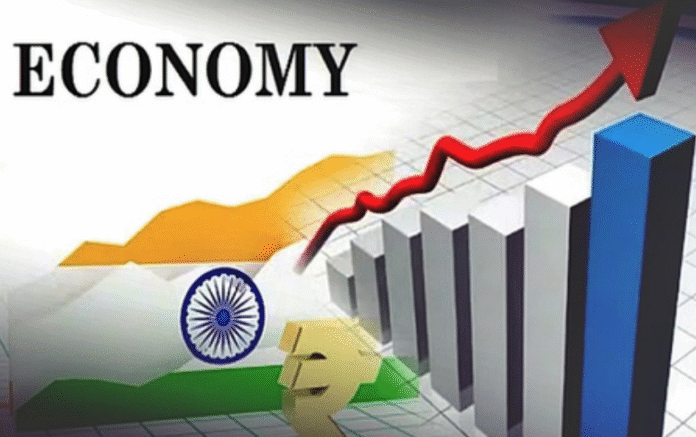NEW DELHI– India is on track to become the world’s third-largest economy by 2028 and more than double its GDP to $10.6 trillion by 2035, according to a new report from Morgan Stanley released on Wednesday.
The report projects that three to five Indian states—Maharashtra, Tamil Nadu, Gujarat, Uttar Pradesh, and Karnataka—will each develop economies nearing $1 trillion by 2030–2035, placing them among the top 20 economies globally.
“Based on the latest data, the top three states currently are Maharashtra, Gujarat, and Telangana. Notably, Chhattisgarh, Uttar Pradesh, and Madhya Pradesh have shown the most significant improvements in economic rankings over the past five years,” the report said.
Morgan Stanley forecasts that India will contribute roughly one-fifth of global economic growth over the next decade, becoming a vital driver of earnings for multinational corporations.
The report highlights the crucial role of India’s 28 states and eight Union Territories in shaping this trajectory. “States are pivotal in fiscal governance and investment attraction. Their individual policies, incentives, and ease-of-doing-business frameworks play a major role in determining where businesses choose to locate operations,” Morgan Stanley economists stated.
The report emphasized the importance of India’s model of competitive federalism—where states independently vie for investments and economic development. The success of this model, it said, will determine whether India emerges as a global manufacturing powerhouse, whether per capita income doubles in the next seven years, and whether the stock market sustains its growth momentum.
India’s economic decentralization, where states hold significant legislative and political power, positions them to influence key sectors such as manufacturing, energy, water, and urban infrastructure. These policy frameworks will be instrumental in transforming India into a global economic engine.
Over the past decade, India has dramatically expanded its physical infrastructure. The central government’s capital expenditure rose to 3.2% of GDP in FY25, up from 1.6% in FY15, resulting in a 60% increase in highways, a doubling of airports, and a fourfold expansion of metro networks.
The report credits key central government initiatives—such as PM Gati Shakti, the National Infrastructure Pipeline, Bharatmala, Sagarmala, and UDAN—for driving this growth. However, it notes that successful execution depends heavily on state-level collaboration in planning and implementation.
States are also responsible for key investments in sectors like power, water management, and urban development, underscoring their central role in India’s transformation into a $10.6 trillion economy over the next decade. (Source: IANS)













